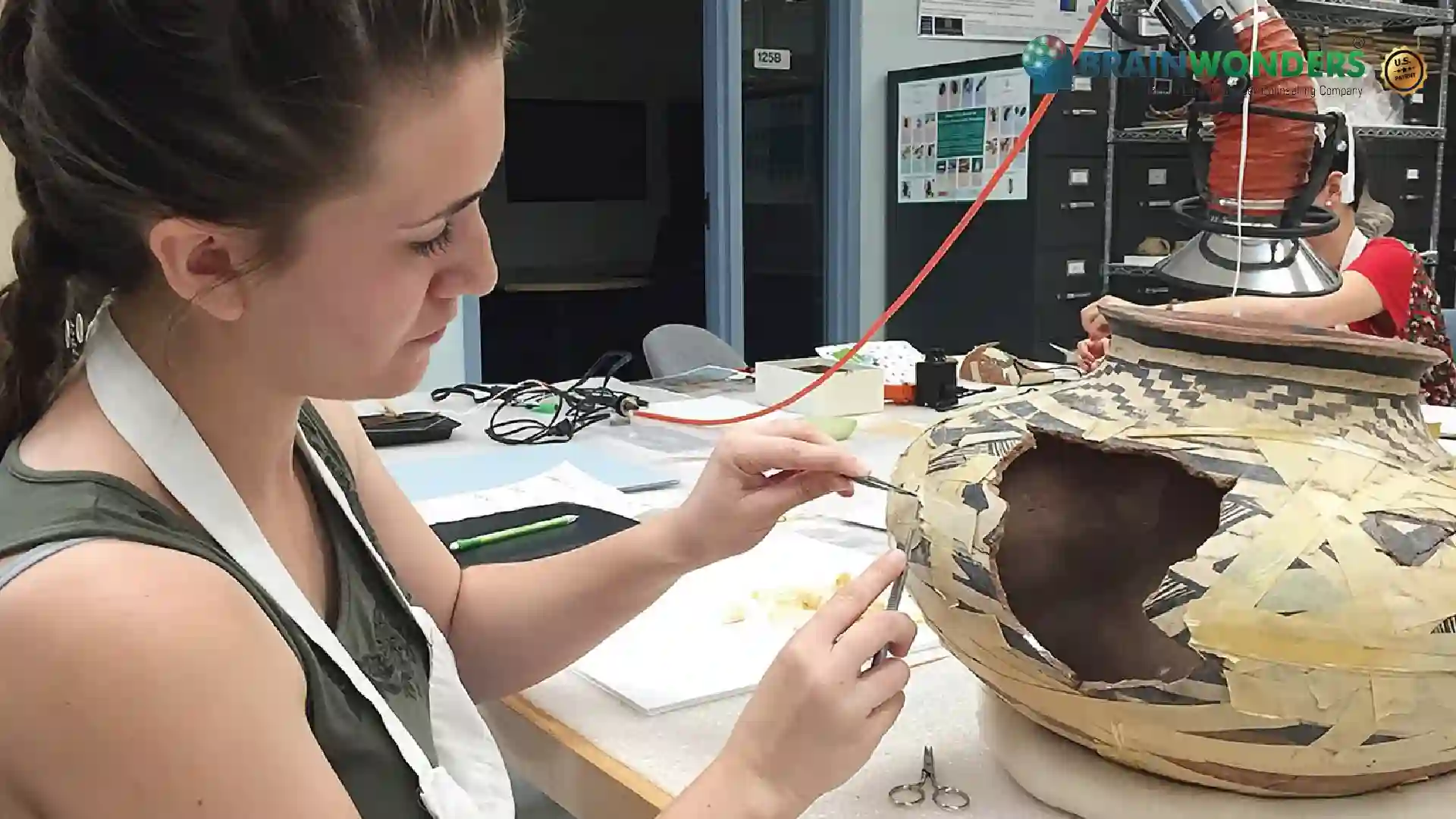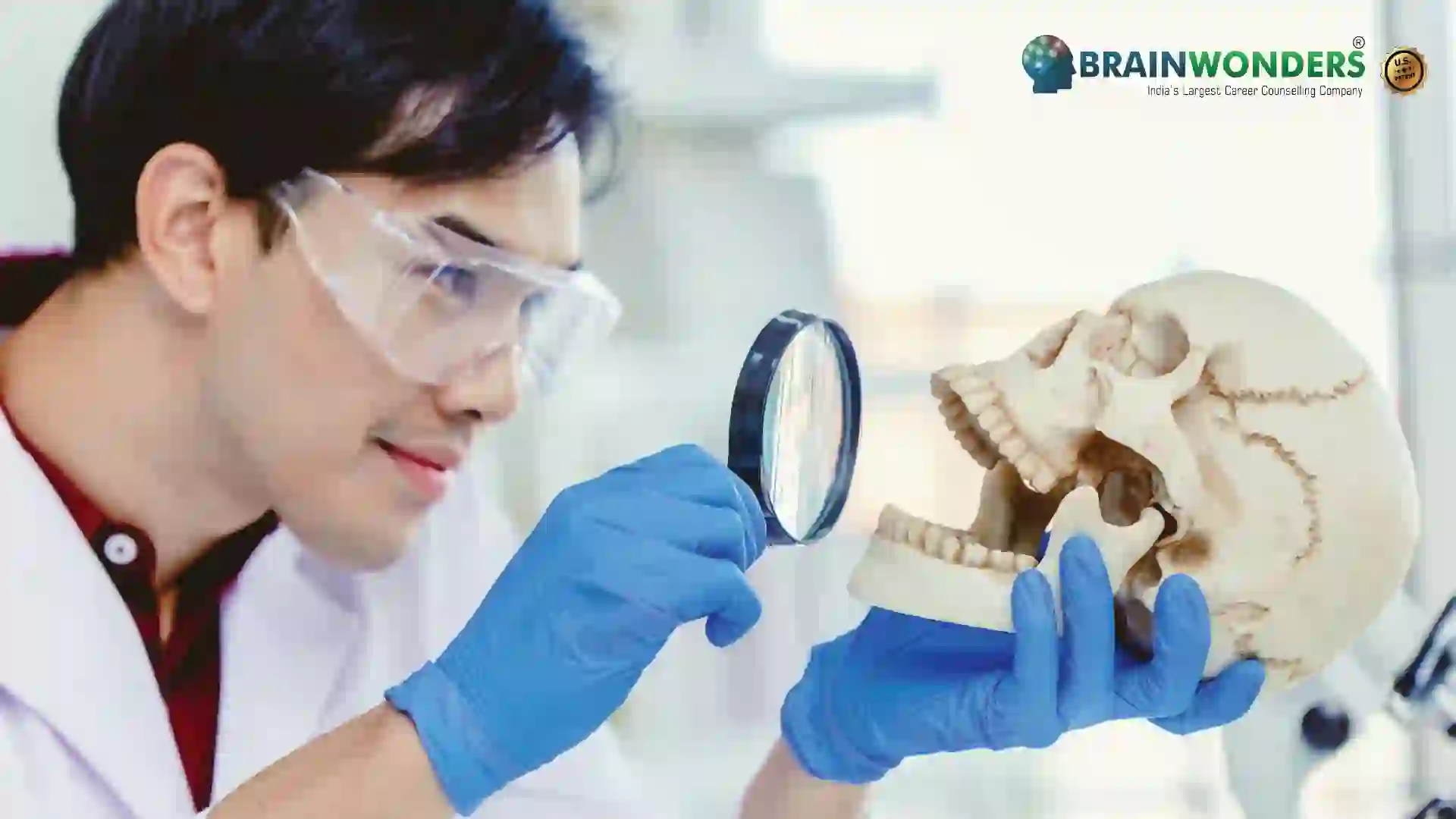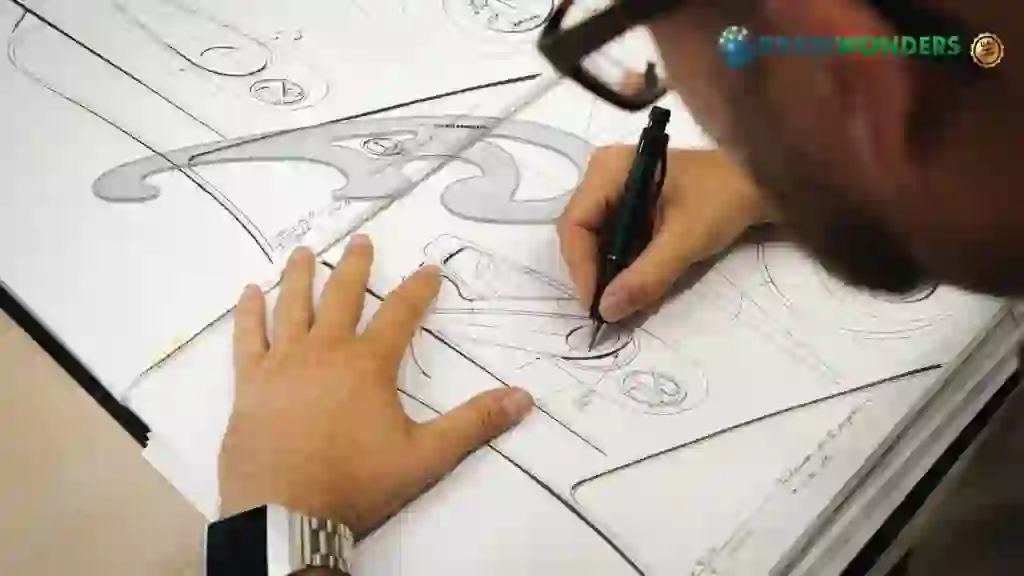How to become a Museum Conservator
Overview, Courses, Exam, Colleges, Pathways, Salary

Overview
Who is Museum Conservator ?
An individual who restores maintains or prepares items in the museum facility for storage, research or exhibition purposes is known as a museum conservator. The conservator makes sure that the prestigious artefacts, portraits or any other works of beauty are kept protected and preserved. The old objects look astonishingly fresh because of their hard work and creative skills even when they were manufactured hundreds of years ago. A museum conservator specializes in conserving a specific form of the artefact, be it books, drawings, fossils, paintings, specimens, sculptures, etc. They are people who have a keen eye for detail, a scientific aptitude, are well-versed in the newest technological advances, and are passionate about the arts. They are the reason for various stunning artworks and glittering artefacts. They make things look as beautiful now as they did when they were created. Those who work at museums manage, store, and restore ageing artwork and artefacts, restoring them to their original, glorious state.
Typical day at work
What does Museum Conservator do?
Job description, Profiles, Roles and Duties:
- Investigates and preserves the museum’s fragile, adored, and unique works of art.
- Needs experience and crafts in artifact study, handling, research, cleaning and delicacy.
- Need to protect the items by keeping a stable environment by controlling the light, temperature and humidity of the room.
- The need to be cleaned with precise care using particular cleaners best suited for each substance.
- They need to supervise curators and other technicians working in the museum.
- They need to artifact make sure about the proper display settings of artifacts within the exhibits.
- They may also need to travel to connect with collectors of artifact and art protectors from other exhibits to organize events.
- They need to have expert knowledge in analytics, critical thinking and organizing skills.
- They must have a great sense of knowledge for effective chemicals, x-ray operations and use of laboratory tools.
- They must have adequate knowledge of creating treatment plans
Abilities and Aptitude needed
What are the skills, abilities & aptitude needed to become Museum Conservator?
- The individual must be an active listener, providing full attention to what others have to say, taking down points and asking appropriate questions. They must also have the ability to understand written material in the form of words, sentences or paragraphs. The art of speaking must also be well familiar to them as they will be prominently be dealing with a lot of explanations.
- They must be capable enough to use logic and reasoning to identify the solutions to appropriate problems. They must be able to understand how to imply new information for the present and future-oriented problem-solving strategies and decision-making abilities.
- They must have an eye for detail along with great observation skills. Active learning skills are also considered crucial as they may encounter much new information on a regular base, they must possess the power to layout instructions and teach others how a task must be done.
- The process of systematically arranging information is necessary as it helps others understand the communicated information or ideas while oral expression.
Salary
Salary for Museum Conservator?
Salary of a Museum Conservator is as follows :
- Minimum Monthly Salary for an Entry-Level Museum Conservator: The starting salary for an entry-level Museum Conservator can vary based on location, experience, and the institution. In India, novice Museum Conservators might earn approximately INR 20,000 to INR 40,000 per month as they begin their art and artefact conservation careers.
- Maximum Monthly Salary for Experienced Museum Conservators: Experienced Museum Conservators, particularly those specializing in diverse collections, leading conservation projects, or possessing expertise in specific conservation techniques, have the potential to earn a higher monthly salary. Their earnings could range from approximately INR 60,000 to INR 1,50,000 or even more, reflecting their advanced skills and significant contributions to preserving cultural heritage.
- Annual Salary Range for Junior and Accomplished Museum Conservators: starting with limited experience, Junior Museum Conservators might anticipate a yearly salary ranging from approximately INR 2.4 lakhs to INR 4.8 lakhs. As Museum Conservators amass substantial experience, attain advanced qualifications, and excel in their conservation practice, they can aim for an annual income from INR 7.2 lakhs to INR 15 lakhs or beyond.
- Highest-Paying Job Opportunities and Scope: Lucrative employment prospects for Museum Conservators are often available in prestigious museums, art institutions, cultural heritage organizations, and private conservation practices. Conservators specializing in specific conservation niches, such as painting restoration or archaeological artefact preservation, tend to have a higher earning potential. The scope of museum conservation is promising, as Conservators play a vital role in safeguarding and restoring artistic, historical, and archaeological treasures. With the growing recognition of the significance of preserving cultural heritage and the integration of conservation into various sectors, including museums, galleries, and archaeological sites, the demand for skilled Museum Conservators is expected to rise significantly. This growth offers substantial opportunities for career advancement and specialization within the field of museum conservation.
Pathways
How to become an Museum Conservator?
Entrance Exam
Entrance Exam for Museum Conservator ?
Courses
Which course I can pursue?
Best Colleges
Which are the best colleges to attend to become an Museum Conservator?
Industries
Which Industries are open for Museum Conservator?
Museum Conservators have a diverse range of industries and institutions open to their expertise in preserving and restoring cultural heritage. Some of the prominent industries and sectors that employ Museum Conservators include:
- Museums and Art Galleries: Museum Conservators play a crucial role in museums and galleries of various types, including art museums, history museums, science museums, and cultural centres. They ensure the proper care and preservation of artworks, artefacts, and historical objects within the museum's collections.
- Archives and Libraries: Conservators may work in archives and libraries that house rare books, manuscripts, photographs, and other valuable documents. Their expertise ensures the longevity and accessibility of these historical materials.
- Historical Sites and Heritage Organizations: Museum Conservators contribute to the conservation of architectural structures, monuments, and archaeological sites, helping to preserve the physical heritage of a region.
- Cultural Institutions: Cultural centres, cultural heritage organizations, and cultural ministries often require conservators to manage and conserve their collections, including traditional artefacts, textiles, and ethnographic materials.
- Academic and Research Institutions: Universities, research centres, and academic institutions may employ conservators for research projects, collaborations, and educational programs related to conservation and cultural heritage.
- Private Collections and Collectors: High-net-worth individuals, art collectors, and private institutions may hire conservators to maintain and restore their valuable collections of artworks and antiques.
- Government Agencies: Government departments responsible for cultural affairs, heritage preservation, and archaeology may hire conservators to assist with conservation initiatives and regulatory compliance.
- Conservation Laboratories: Private conservation laboratories specialize in various aspects of conservation, such as paintings, sculptures, textiles, paper, and objects. Conservators can work in these labs, offering their expertise to many clients.
- Restoration Studios: Studios focused on art restoration and conservation offer opportunities for conservators to collaborate on restoring damaged artworks to their original condition.
- Research and Development: Some conservators may engage in research and development roles, contributing to advancing conservation techniques, materials, and technologies.
- Educational Institutions: Conservators may teach or lead workshops in academic institutions, sharing their knowledge and skills with aspiring conservators and students.
- Cultural Tourism and Travel: In regions with significant cultural and historical sites, conservators may manage conservation efforts to support cultural tourism and travel.
internship
Are there internships available for Museum Conservator?
Internships provide valuable hands-on experience for aspiring Museum Conservators to develop their skills and gain practical insights into the field of art and artefact conservation. While specific opportunities may vary based on location and institutions, here are some potential avenues for internships for Museum Conservators:
- Museums and Art Galleries: Many museums and art galleries offer internship programs focused on conservation. Interns may work alongside professional conservators on artefact assessment, restoration, and preventive conservation projects.
- Historical Sites and Archaeological Excavations: Interns can participate in conservation projects at historical sites and archaeological digs, assisting in preserving and documenting uncovered artefacts.
- Cultural Heritage Organizations: Organizations dedicated to cultural heritage preservation often provide internships to assist with cataloguing, conservation treatments, and collections management.
- Academic Institutions: Universities and research centres with conservation programs may offer internships involving practical conservation work and research projects.
- Conservation Laboratories: Private conservation labs may have internship opportunities where interns gain exposure to various conservation specialities, such as paintings, textiles, paper, and objects.
- Archives and Libraries: Interns can work on preservation projects involving rare books, manuscripts, and archival materials, helping to ensure their long-term accessibility.
- Government Agencies: Government departments responsible for cultural heritage and conservation may offer internships to contribute to ongoing preservation initiatives.
- Restoration Studios: Art restoration studios may provide internships focused on hands-on conservation work, collaborating on restoring artworks under the guidance of experienced professionals.
- Nonprofit Organizations: Nonprofits dedicated to cultural preservation and community engagement may offer internships that involve conservation projects and educational outreach.
- Cultural Exchange Programs: Some international organizations and cultural exchange programs provide opportunities for conservators to participate in conservation projects and workshops abroad.
- Specialized Workshops and Courses: Short-term workshops and courses conducted by experienced conservators provide focused training in specific conservation techniques and materials.
- Online Platforms: Virtual internships and remote learning opportunities are becoming more prevalent, allowing conservators to engage in projects, research, and skill-building from anywhere.
Career outlook
What does the future look like for Museum Conservator?
Many of the people employed in this fieldwork were in the museum's facilities or at various historical sites. Using their teaching and comprehension levels, they play an important role in enlightening the general public about important issues. They help create a novel life for a precious and invaluable collection of art. In their career advancements, they may also be involved roles of management or project heads or they might want to set up a private practice. These professionals work at regional as well as PAN India levels. They also are involved in speciality research topics and publish articles for scholarly journals. A few typical employers for this career outlook are historic houses, universities, galleries and conservation agencies.







